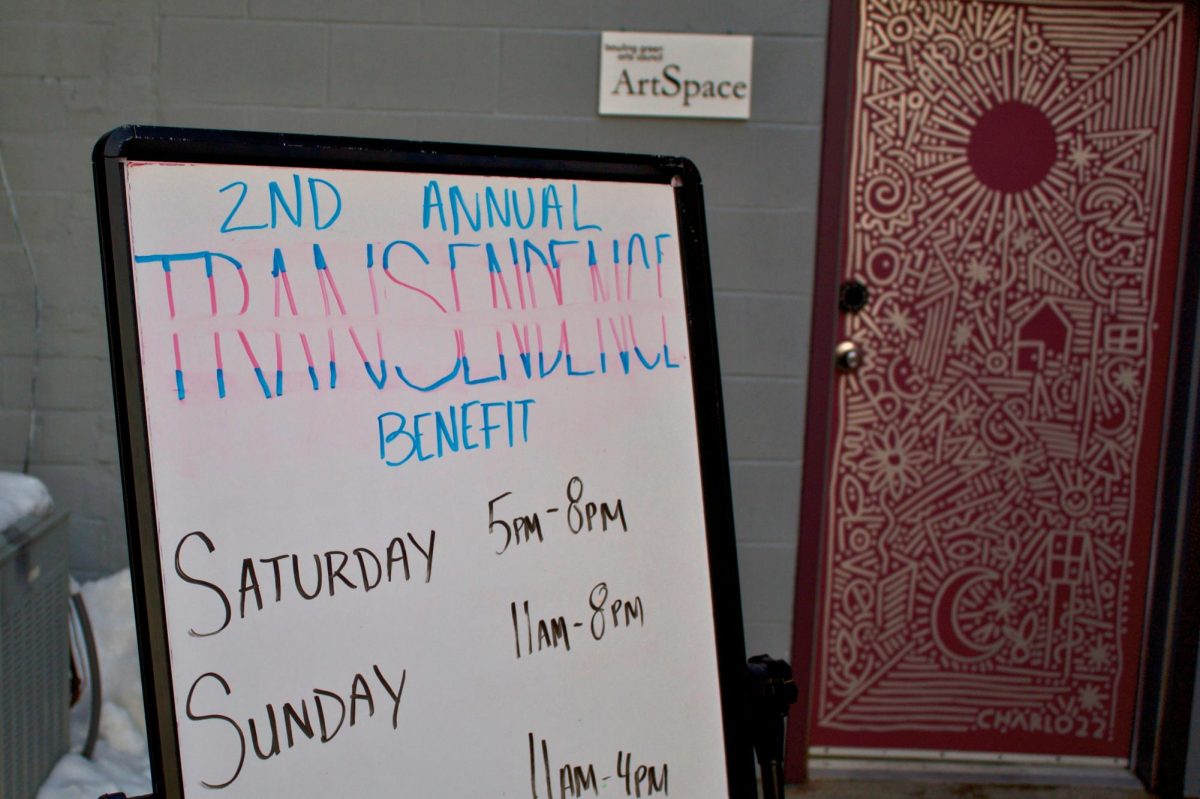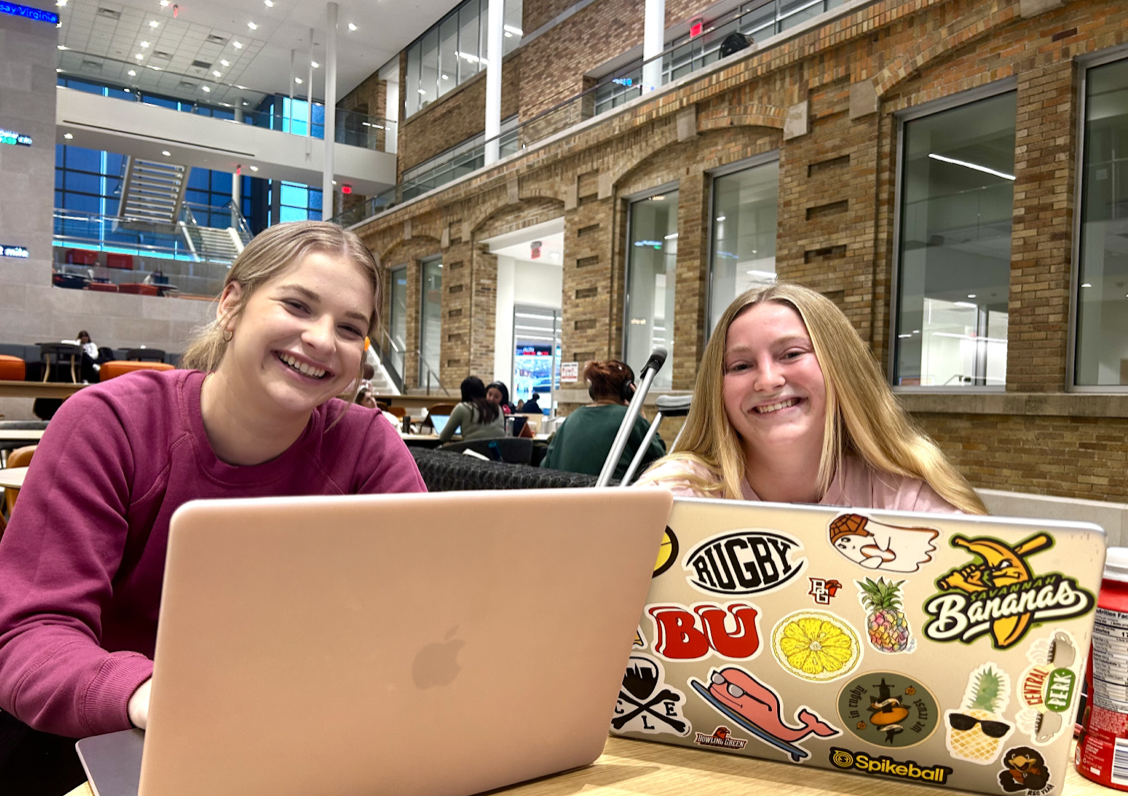The recent disappearance of a taxidermied falcon perplexed and perhaps ruffled the feathers of those in the Life Sciences Building where it was on display.
Part of the Department of Biological Sciences Ornithology Collection, the peregrine falcon went missing from its display case on the second floor of the building sometime between Nov. 8 and Nov. 13. The falcon found its way back sometime between Friday night and Saturday morning, according to a campus police report.
“It was pretty quickly concluded,” said Capt. Mike Campbell of the University police. “Apparently it was found in the hallway at the same location it was taken from.”
At the request of the Department of Biological Sciences, the campus police will not pursue charges, Campbell said, referring to the return of the falcon as a “no questions asked scenario.”
University Spokesperson Dave Kielmeyer echoed that sentiment.
“We got the bird back. We’re happy,” Kielmeyer said.
It is once again on display in the Life Sciences Building.
The story quickly spread beyond Bowling Green. News outlets including the Toledo Blade and 10TV also picked it up.
The reason, said Kielmeyer, is the coincidental nature of the taxidermied avian, as it also happens to be the University’s official mascot, and has been since 1927.
“For the University, it’s also symbolic for us,” Kielmeyer said. “It also happens to be our mascot and that’s why everyone had to be up in arms.”
But while the prodigal falcon found its way home, its adventures remain a mystery.
Campus police have no leads on who took it or what their motive was, Campbell said.
But Jeffrey Miner, chair of the Department of Biological Sciences, suspects it was taken out of curiosity.
What makes the case so perplexing is how it was removed, Miner said, noting the difficulty of getting into case in which it’s displayed.
“I’m not really sure how it escaped or how someone got into the cabinet,” he said. “This is something we’ll continue looking into.”
The department will also have to protect the other 1,100 taxidermy specimens they have on display, ensuring there are no future thefts, he said.
“We have other organisms that are out and accessible to the public,” he said. “We need to preserve these well.”
The peregrine is part of the biological sciences department’s collection of more than 2,400 taxidermied animals, which are used for teaching and research. About 1,100 specimens are on display on the third and fourth floors of the Life Sciences Building.
In addition to the falcon, other specimens include other birds, reptiles, plants and fish. And it is not the only falcon in the collection, Miner said. Another one has not been stuffed and is not on display, but is used more for research, he said.
Some of the specimens date as far back as to the late 1800s, making them tough to replace considering many, including the peregrine, are endangered, Miner said.
Miner estimated the falcon’s age to be 100 years, making it one of the older pieces of the collection.
“There was a time when going down and shooting birds was something people did,” Miner said. “We can’t do that now.”
While photography has replaced taxidermy, “there’s nothing like having the actual body of the organism to teach from,” he said.
“Having these collections is more and more important,” he said.













